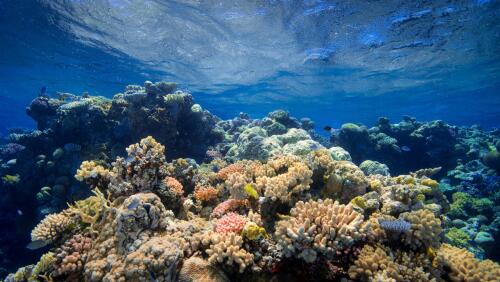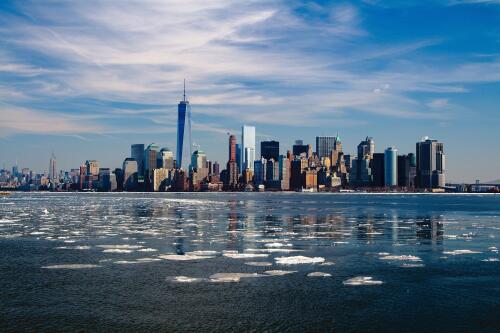Indonesia
Sea level rise has already put coastal cities on notice thanks to increasing storm surges and even sunny day flooding at high tide. These challenges will continue to grow because global projections point to a mean sea level rise of at least one foot above year-2000 levels by the end of this century. However, many cities are facing another factor making them even more vulnerable to rising waters: land subsidence. The three of us – Pei-Chin Wu, Meng (Matt) Wei and Steven D'Hondt – are scientists at the University of Rhode Island Graduate School of Oceanography working with the U.S. Geological Survey to research challenges facing waterfront cities. Our findings indicate that land is sinking faster than sea levels are rising in many coastal cities throughout the world. By using radar images of the Earth’s surface collected from orbiting satellites, we measured subsidence rates in 99 coastal cities worldwide. These rates are highly variable within cities and from...
In the Palau Bontosua area, in the southwestern portion of the Indonesian island of Sulawesi, all the degraded coral reefs have been restored in just four years.Due to global warming and human activities, the coral reefs in the area had been virtually destroyed.But now, thanks to a specific restoration program, they are growing at the same rate as healthy ones.To allow the corals to reform, barriers have been installed hexagonal steel structures covered with sand, which stabilizes debris and provides a habitat for reef fauna.However, although this is an excellent result, the researchers warn that the technique used represents a last resort which should not be used systematically.The barriers thus restored present in fact a lower species diversity compared to healthy ones. A team of Indonesian and British scientists worked on the project as part of the Mars Coral Restoration Program, a large-scale effort to restore the coral reefs destroyed by fishermen who used explosives to kill and c...
Sea level rise has already put coastal cities on notice thanks to increasing storm surges and even sunny day flooding at high tide. These challenges will continue to grow because global projections point to a mean sea level rise of at least one foot above year-2000 levels by the end of this century. However, many cities are facing another factor making them even more vulnerable to rising waters: land subsidence. The three of us – Pei-Chin Wu, Meng (Matt) Wei and Steven D’Hondt – are scientists at the University of Rhode Island Graduate School of Oceanography working with the U.S. Geological Survey to research challenges facing waterfront cities. Our findings indicate that land is sinking faster than sea levels are rising in many coastal cities throughout the world. By using radar images of the Earth’s surface collected from orbiting satellites, we measured subsidence rates in 9...
Bornean orangutans are one of three orangutan species, all critically endangered. They thrive in carbon-rich peat swamp forests on the Indonesian island of Borneo. These habitats are also the sites of massive wildfires. Indonesian wildfires in 2015 caused some of the worst fire-driven air pollution ever recorded. The fires were driven by an El Niño climatic cycle, which caused especially dry weather in the region. Compared to other wildfires, peatland fires smolder underground and produce exceptionally high levels of hazardous gases and particulate matter – a leading cause of global pollution-related deaths and illnesses. Orangutans are well known as an “indicator species” – one that can serve as a proxy for the health of an ecosystem. Changes in their environments often cause conspicuous changes in the apes’ health and behavior. Frequent and persistent exposure to toxic smoke could have severe consequences for orangutans and other wildlife....


